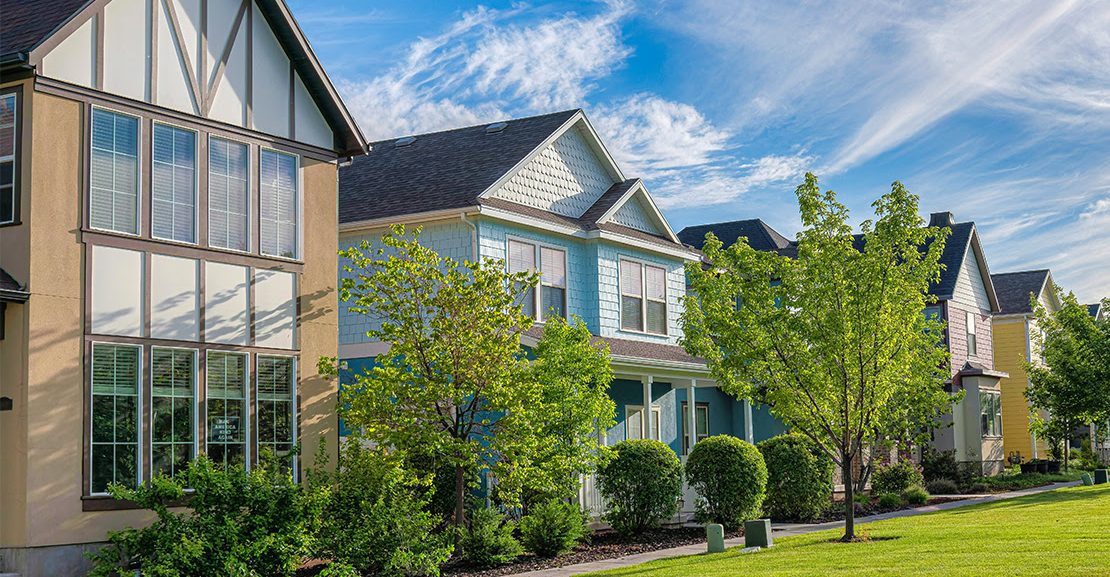Window tinting is a popular upgrade for Orange County homeowners who face the intense afternoon heat and want more privacy from their neighbors. The challenge is that most HOAs have pretty strict regulations on exterior modifications like this. A few associations are fine with it as long as you follow their requirements. Many of them need you to submit applications and wait weeks for approval. The most restrictive associations have requirements that are practically impossible to meet and prevent any tinting at all.
This whole situation gets pretty tricky because HOAs treat windows as exterior features of your home. That classification gives them the authority to control how your windows look from the outside. At the same time, though, California has this Solar Rights Act that specifically protects energy-saving modifications to homes. This creates real friction when an HOA’s appearance standards run up against a homeowner’s efficiency goals. A homeowner in Ladera Ranch might put up UV-blocking film because they want to cut their cooling costs in half. Before they know it, they’re receiving a violation letter in the mail because the board decided the tint looks too dark from the street.
What makes this even more frustrating is that the enforcement changes from place to place across Orange County’s roughly 5,000 homeowners associations. I’ve seen communities that prohibit reflective finishes but are fine with neutral colors. Then the community right next door restricts all visible tinting on any windows that face the street. This inconsistency makes it hard for homeowners to know what they can and can’t do. We need to look at how the HOAs actually claim this authority in the first place. And we need to understand where the state law comes in to protect homeowners who just want to make their homes more comfortable and also efficient.
Let’s find out what HOA regulations say about window tinting in your neighborhood!
HOA Rules for Your Window Changes
Most homeowners have no idea that their HOA actually has the legal authority to dictate what they can and can’t do with their own windows. This power comes from a legal document known as CC&Rs – short for Covenants, Conditions and Restrictions. Buying a home in an HOA-controlled community automatically binds you to these laws, whether you’re aware of them or not.
The CC&Rs give HOAs sweeping control over any modification you want to make to your home’s exterior appearance. Windows fall into this category since they’re visible from the street and affect how your house looks to everyone else. The hard part is that even though window tint film gets applied to the inside surface of the glass, the visual change is still easy to see from the outside.
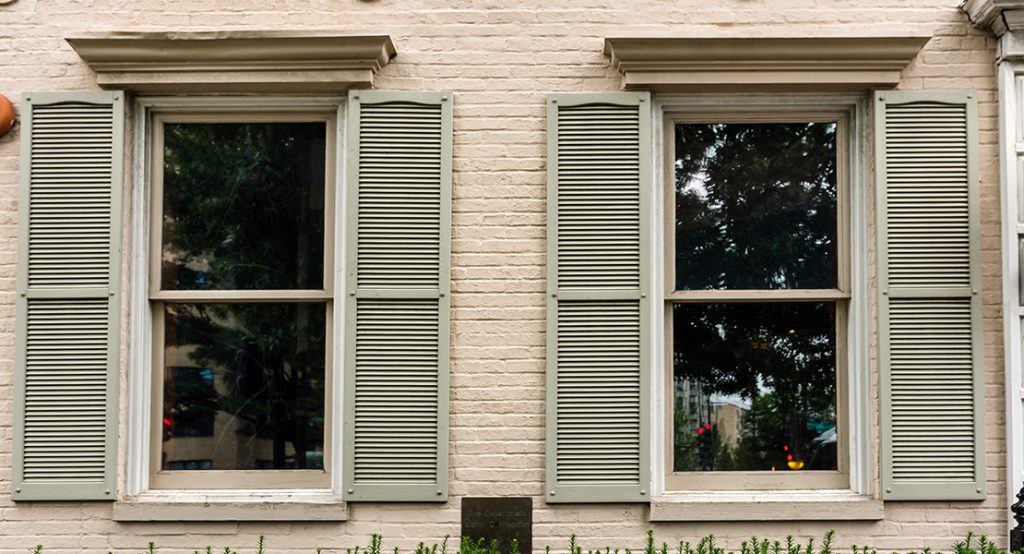
California courts have been backing up HOA power for decades. One case in particular changed everything – a legal battle called Dolan-Barr versus Rancho Santa Fe Association went through the entire court system in 2004. The judges sided with the HOA and said that they’d enforce the appearance standards across their entire community. That ruling was significant because it meant HOAs could be even stricter about what homeowners could and couldn’t do with their properties.
The question is why HOAs get so worked up about something as minor as window tint. They have three core concerns that they always worry about. The property values are always their number one concern, and they believe that some modifications could make homes less appealing to future buyers. They also have this vision of a unified neighborhood appearance where every house complements the others. A neighborhood with wildly different window treatments on every house just doesn’t fit that vision.
The third issue is how HOAs classify windows in their rulebooks. They see windows as part of your home’s exterior structure and put them in the same category as your roof or siding. Any modification needs to go through their architectural review committee for approval. The fact that you’re just adding a film and not replacing the windows themselves makes no difference to them.
Your HOA Window Tint Rules
Window tint regulations in Orange County HOAs can be very strict, and homeowners usually discover this the hard way. The majority of associations require their windows to transmit at least 70% to 80% of light. Even if that afternoon sun is beating down directly into your living room, you’re stuck with barely-there tinting.
Reflective or mirrored finishes are usually off the table. The HOA boards usually ban them across the board because they actually do change the entire character of a neighborhood. A whole street of homes with mirror-like windows ends up feeling more like a corporate office park than a residential area. And nobody wants to put up with blinding glare from their neighbor’s windows when they’re just trying to drink their morning coffee on the patio.
The color options become an even bigger headache for most homeowners. Gray and bronze are the only colors that HOA boards will approve. Maybe you’d like a blue or green tint that actually complements your house. Most HOAs don’t care what you want. They just want every house in the neighborhood to look similar.
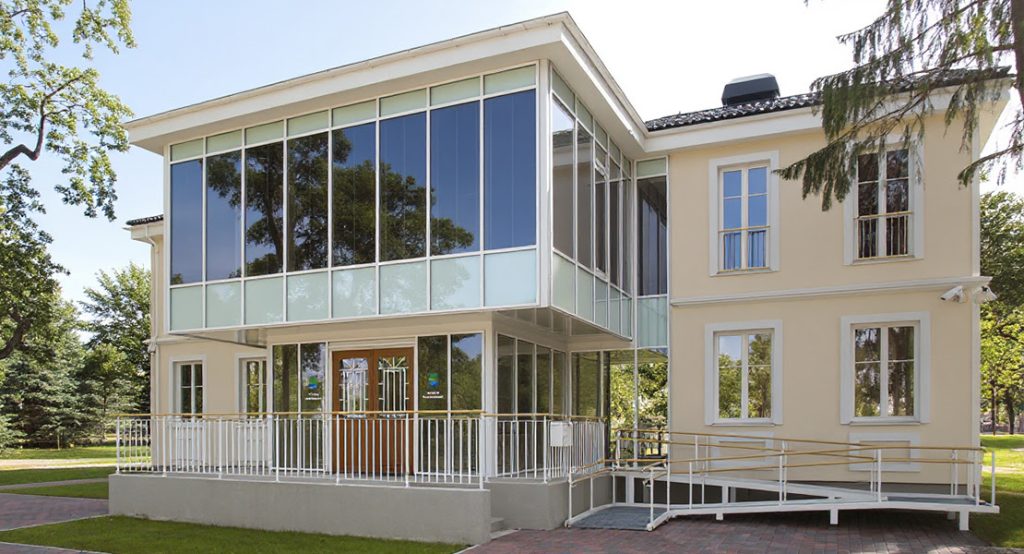
Orange County neighborhoods all handle enforcement differently. Coto de Caza will cite you for the smallest violation – they don’t mess around. Ladera Ranch is much more relaxed about its guidelines. Where you live determines how much freedom you’ll have with your windows.
Energy savings should be a priority for everyone. But somehow these regulations make it very hard to cut cooling costs. Homeowners who just want to lower their AC bills in the summer heat get violation notices for a tint that’s a shade too dark.
The windows that face away from the street sometimes get different treatment. The HOA boards usually show more leniency for backyard windows since they’re less visible to passersby. The front windows usually have to comply with every guideline down to the smallest detail. They also tend to be the first ones inspected during routine neighborhood checks.
Your Legal Rights with Solar Window Films
Most homeowners have no idea that California law protects their right to install window film on their own homes. California Civil Code Section 714 has been quietly protecting homeowners since 1978, and the protections got even better after a big update in 2008. Your HOA might not want you to know about these rights. But they can’t ignore them.
The law prevents HOAs from placing unreasonable restrictions on solar energy systems in your home. What most HOAs won’t tell you is that energy-efficient window films can fall under the definition of solar energy systems under this same law. As long as your window film cuts down on energy consumption in some way, California law backs you up completely.
Of course, your HOA still gets to have some input on the visual standards in the neighborhood. The law lets them set restrictions on the appearance that they think are fair and sensible. The key word here is “sensible,” though. The second their requirements start to significantly increase your costs or lower the efficiency of your window film installation, they’ve crossed the legal line that California has set for them.
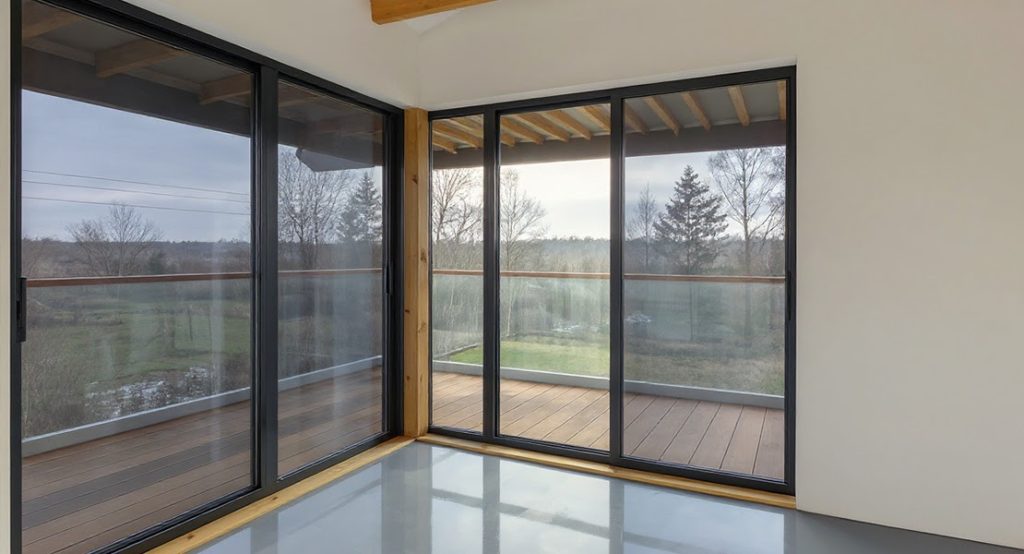
The legal burden here works in your favor. Your HOA also has to prove that its restrictions are fair and necessary. You don’t have to prove anything about their requirements being unreasonable! The entire weight of proof rests on the HOA’s shoulders when they want to restrict your window film options.
Remember that your window film has to provide some type of energy-saving benefit to qualify for these protections. Purely decorative films that don’t cut down on energy consumption won’t get you the same legal backing under Civil Code Section 714.
Use for Window Tint with Your HOA
Most HOAs throughout Orange County are going to ask for lots of paperwork before they’ll let you install window tint on your home. The application package usually needs product specifications along with installation diagrams that show what you’re planning. Energy efficiency documentation can strengthen your case and make the difference between approval and rejection. I’ve seen some homeowners go the extra mile and actually send physical samples of their chosen tint material right along with their application. The review process usually runs anywhere from 30 to 45 days from submission to final approval. This timeline is actually the same across most Orange County neighborhoods, though, so at least you can plan ahead.
Data about energy savings can change your application from mediocre to outstanding. One homeowner in Irvine brought actual utility bills to their HOA board that showed a 30% reduction in cooling costs from the tint that they’d installed at their previous home. The board was so impressed that they approved the request in just two weeks instead of the usual month or more. Hard numbers carry far more weight than general statements or estimates when an HOA committee is making its choice.
Professional installation quotes usually get better results than DIY proposals with HOA boards. Board members care quite a bit about maintaining property values throughout the community and usually trust licensed contractors for quality work without causing problems. A quote from a reputable installer shows that you’re committed to doing this project properly.
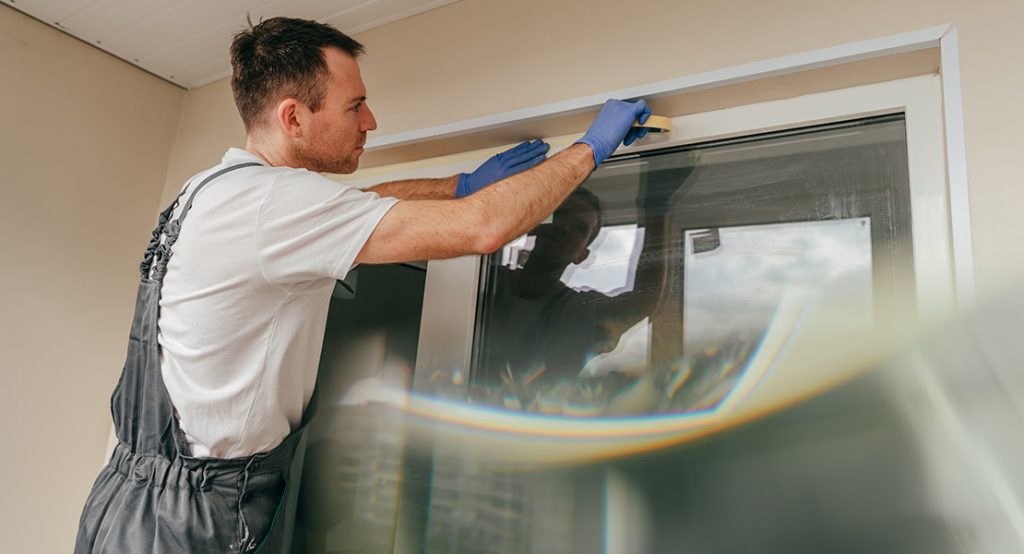
If your HOA denies your application, you still have some options you should think about. Every association has standard appeal procedures built into its bylaws that allow you to challenge the outcome. California law also allows you to request mediation through the Department of Consumer Affairs when internal appeals don’t work out. Most homeowners have no idea that this mediation option even exists as a backup plan.
Most rejections have nothing at all to do with the window tint itself and everything to do with incomplete applications. Your HOA board members probably don’t have anything against window tint as an idea. What they need is complete documentation so they can make a solid choice based on the facts that protects the community. An application package from the start saves everyone time and dramatically increases your odds of approval.
Easy Options That Work Around the Rules
Your HOA just rejected your window tint application, and now you’re stuck with a house that turns into a greenhouse every afternoon. Thankfully, homeowners have plenty of ways to block the sun and heat without ever needing HOA approval in the first place.
Interior window films are probably the smartest move for most homeowners in this situation. These films attach to the inside surface of your windows, and you’re technically not making any changes to the exterior of your home at all. Most associations won’t even think of this as an architectural modification because it doesn’t affect the outside appearance. You can install them in an afternoon. They peel right off without leaving any residue or damage behind when you move or want to change them. I’ve seen dozens of homeowners go this way and never have a single complaint from their board.
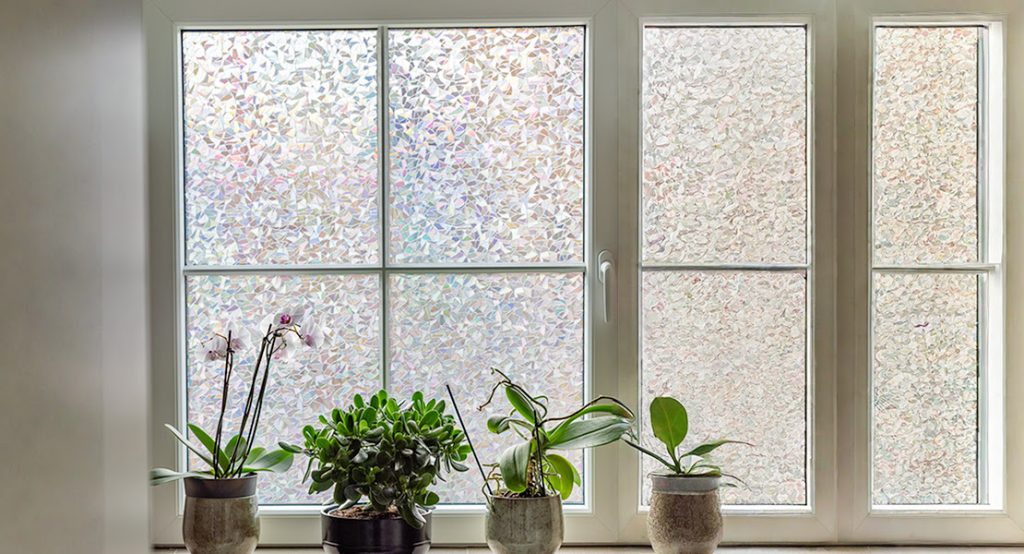
For homeowners who want zero visible change to their windows, transparent UV-blocking films are a great option. These particular films can block as much as 99% of harmful UV rays while staying invisible to anyone walking by. Your windows will look the same as they always have from the street. But your furniture and flooring will be protected from sun damage, and the annoying afternoon glare will be cut down. Most HOA boards won’t even know you’ve installed anything at all.
Factory-tinted windows are another solution. These are window replacements that have the tint already built into the glass during manufacturing. HOAs usually classify these as home improvements or upgrades – not modifications that need extra approval. The upfront investment is definitely higher than with film, but you’re also adding value to your property and maybe even qualifying for energy efficiency rebates.
Electrochromic glass is everywhere in Orange County neighborhoods. Most of these high-tech windows go into newer luxury developments around the area. They automatically get darker or lighter throughout the day as the sun moves and changes intensity. Newport Coast and Irvine treat this technology as a premium feature now instead of something that needs restrictions.
Interior options like cellular shades and blackout curtains deserve serious consideration, too. HOAs have zero authority over what you hang inside your own windows, and these treatments are free from an approval standpoint. Medical documentation about sun sensitivity or skin conditions can also give you strong support for UV protection requests if you decide to appeal your HOA’s ruling about exterior tinting!
The Real Cost of Tint Violations
Window tint violations are actually a pretty big deal in Orange County. Installing tint without your HOA’s approval will probably lead to regret. Most associations around here follow a fairly predictable enforcement process, and it tends to start the same way. A violation letter shows up on your door or lands in your mailbox, and that’s when the clock starts ticking.
That first letter from your HOA is usually just a warning, and most associations give you around 30 days to fix the tint before anything bad happens. Ignore that letter, though, and the problems start. Most HOAs in Orange County can hit you with fines anywhere from $100 to $500 for each violation. California Civil Code Section 5975 actually helps homeowners out here because it limits what the HOAs can charge and it forces them to go through the right steps first. The law stops associations from slapping you with crazy fines without proper procedure. Even with that protection in place, though, those fines add up very fast if you just ignore the letters.

Your HOA has the legal right to place a lien on your property for any unpaid violations, and this tends to become a serious headache later. When it comes time to refinance your mortgage or sell your home, the lien has to be paid off and cleared first, and it can complicate any estate transaction. Removal costs are also where this gets expensive. You’ve already paid for the installation, and now you have to pay somebody else to take it all off. Professional removal can run $200 – $300 per window in most cases, and it can get even more expensive if the tint has been baking on there for months or years.
The property management groups in Dove Canyon and Talega are always on patrol for HOA violations. They drive through these neighborhoods a few times a week, and they photograph anything that might violate the regulations. Every violation gets documented and reported to the HOA board. Window tint is a modification that these groups are paid specifically to find.
Modified windows are actually one of the easiest violations for them to catch during their neighborhood inspections.
Transform Your View with Professional Tinting
HOA regulations tend to be restrictive when you want to improve your home, and window tinting is one project that tends to raise eyebrows at board meetings. After spending some time with the requirements and fine print, homeowners have much more flexibility than they realize. These boards are trying to protect everyone’s property values and maintain that uniform neighborhood look that attracted you to the community in the first place.
Most homeowners make the mistake of treating their HOA like some enemy they need to outsmart or work around – it’s backwards. These board members are your neighbors, and they want the same goals you do – a beautiful neighborhood where everyone’s property looks great and values stay strong. Board members pay those same ridiculous cooling bills you do. They’ve watched their hardwood floors fade from sun damage, too. They know what you’re going through because they live in the same neighborhood with the same problems. Showing up at meetings with data about energy savings and UV protection, along with photos of quality installations that improve home appearance, will get you a much better response.
The timing for window tinting projects has never been better, either. California continues pushing harder on energy efficiency requirements every year, and environmental consciousness has become mainstream enough that HOA boards can’t ignore it anymore. More associations are realizing that quality window treatments are just a part of being a responsible homeowner in 2025. You have legal protections now that weren’t around even five years ago. The whole conversation has shifted from “can I do this?” to “what’s the best way to have this done?” Yes, you’ll still need to file the paperwork and wait for approvals. That part hasn’t changed.
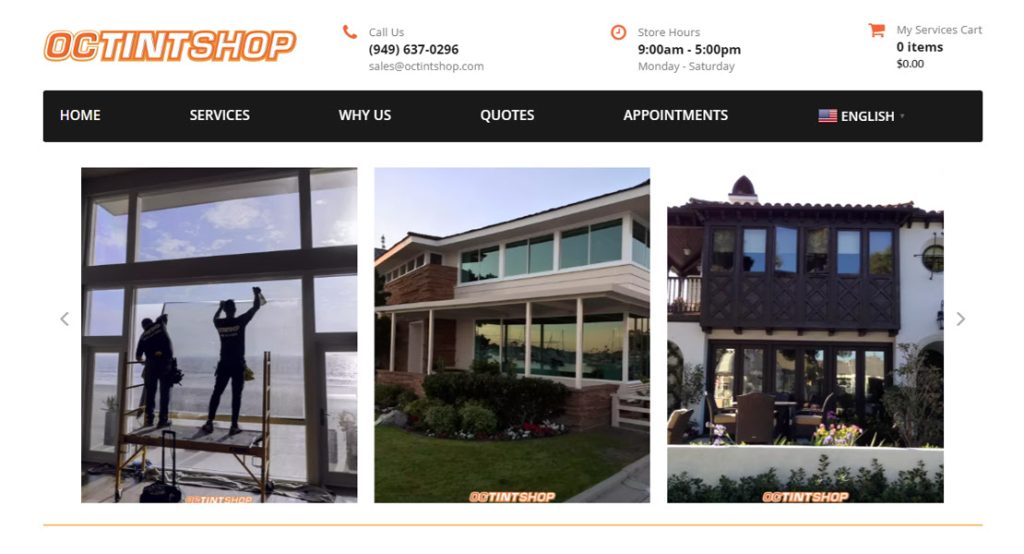
At OC Tint Shop, we’ve guided hundreds of Orange County homeowners through their HOA approval processes, and we’ve learned what works for different communities across the area. Irvine’s master-planned neighborhoods have different requirements than the coastal communities in Huntington Beach or Newport. We know because we’ve worked with them all, and our team has the technical specifications, product samples and professional documentation that strengthens your architectural review application. The premium films we install also meet even the pickiest community standards for looks and performance.

